Visiting the Colosseum in Rome is powerful! This impressive amphitheatre was completed in 80 AD and was originally called the Flavian Amphitheatre (Amphiteatrum Flavium). You should also visit the Roman Forum, the large Roman square that feels like a whole neighbourhood. Today we're sharing smart tips for visiting the Colosseum in Rome and the Roman Forum... without spending all day in a queue.
Table of contents
Avoid long queues for the Colosseum in Rome
When you arrive at the Colosseum in Rome, the queues are long. But don't despair! If you look for the entrance to the nearby Roman Forum, you'll find that the queue is much shorter.
By buying a ticket at the Roman Forum instead of the Colosseum, you can avoid long queues. The ticket is a combination ticket valid for both the Colosseum and the Roman Forum, and after buying it you can start at any of the sights.
Another option is, of course, to buy tickets online before your visit or book a guide to organise your tickets. A guided tour costs more than a regular ticket, but involves much less queuing. Another tip is to arrive early in the day, before the queues get too long.
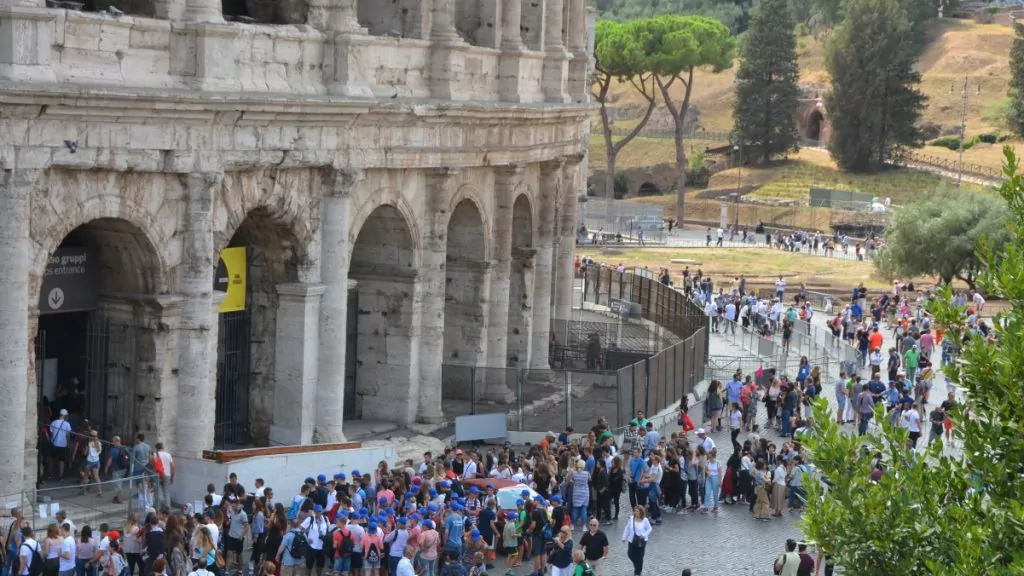
Roman Forum
We started with a visit to the Roman Forum - the square that was the centre of political meetings, trade and religious ceremonies in Roman times. Today, you can wander around among tall columns and the ruins of temples and triumphal arches.
The area is impressively large, and although there are mostly ruins left, these clearly show how magnificent the buildings must once have been. It's dizzying to try and imagine what went on here 2000 years ago and through the ages. If you're not walking around with a guide, our advice is to do some reading beforehand, and then take the time to let the history sink in!
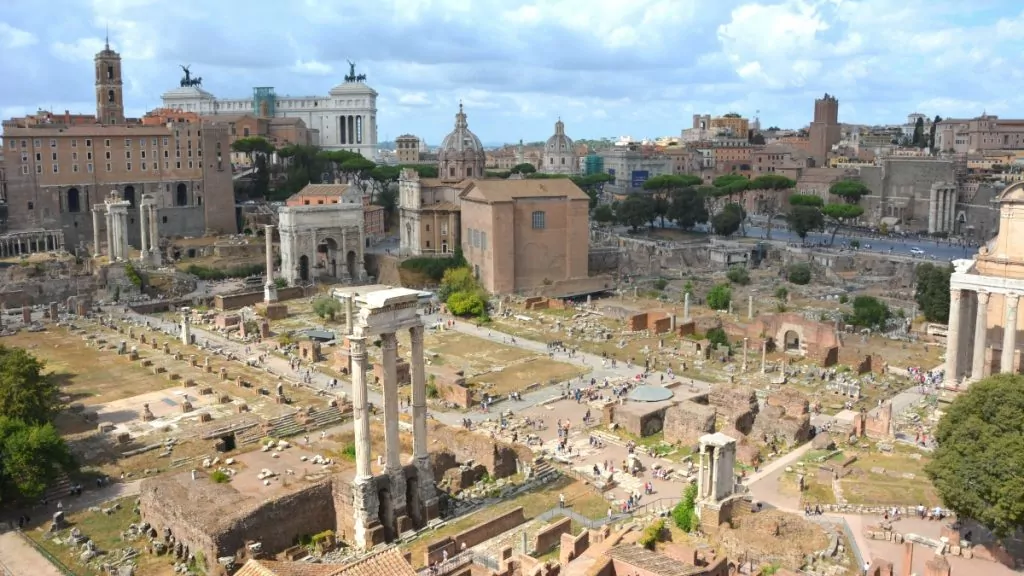
Attractions in the Roman Forum
The Roman Forum is full of important and interesting sites from the Roman era. Below are some of the most important ones, which you may not want to miss. Don't forget to visit the Palatine Hill, where your ticket also covers. One of Rome's seven hills, the Palatine Hill is, according to ancient tradition, the birthplace of ancient Rome. Here are a number of exciting sights to look out for during your visit:
- Arch of Septimus Severus - In the Roman Empire, triumphal arches were erected to commemorate military victories, and this 20 metre high arch was erected in 2013 by Emperor Septimus Severus, following victories over the Parthians and other Asian peoples. The arch features victory goddesses and a commemorative inscription, and once had gilded bronze statues on top.
- Temple of Saturn - Today eight columns remain of the temple erected in honour of the god Saturn. According to Popular History, a kind of carnival was organised here once a year when masters and slaves switched roles for a day ... The temple was probably founded in 497 BC, and has been reconstructed several times, including after a major fire in 370 AD.
- Temple of Castor and Pollux - This temple, located where the Via Sacra meets the Vicus Tuscus, was founded in 484 BC after the victory over the Latins at Lake Regillus. Today, three columns over ten metres high remain of the temple, also known as the Temple of the Dioscuri. The twins, Castor and Pollux, are said to have participated in the Battle of Regillus on the side of the Romans.
- Basilica of St Maxentius - This ancient basilica was completed in the first half of the 3rd century, by Emperors Maxentius and Constantine the Great, and was originally a huge building. What is now preserved are three cement vaults with brick cladding in the northern nave.
- Arch of Titus - This triumphal arch stands on the Via Sacra and commemorates Emperor Titus' victory over the Jews, with the destruction of Jerusalem in 70. On the side you can see two reliefs depicting the victory that Titus celebrated with his father Vespasian. This arch inspired several later arches, including the Arc de Triomphe in Paris.
- The Temple of Vesta and the House of the Vestals. This circular temple was built in honour of the goddess Vesta by King Numa Pompilius. Here Rome's eternal fire was guarded by the Vestals, the priestesses of the goddess Vesta, until 391 when Theodosius extinguished the eternal fire and forbade the Vestals to continue their activities.
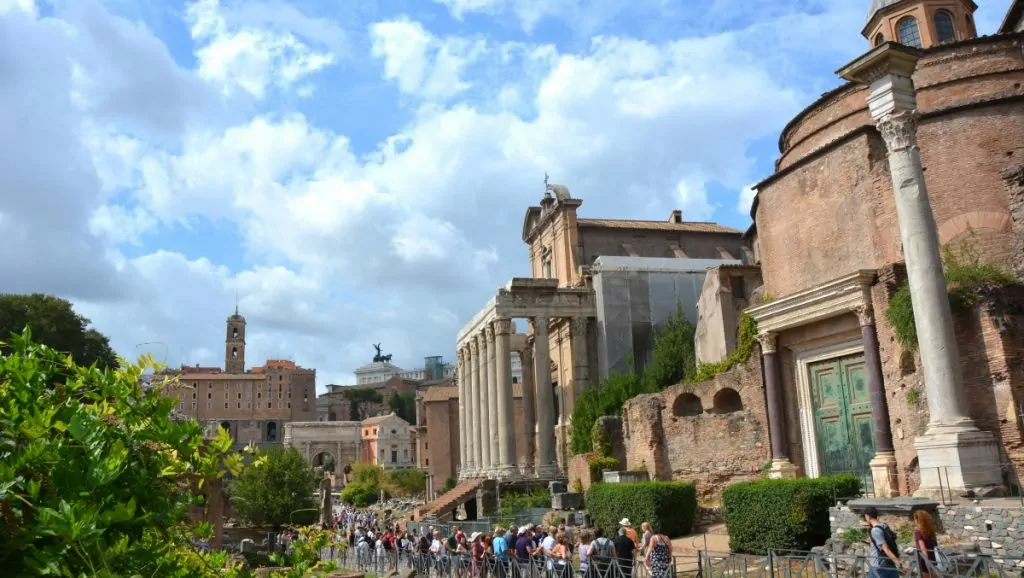
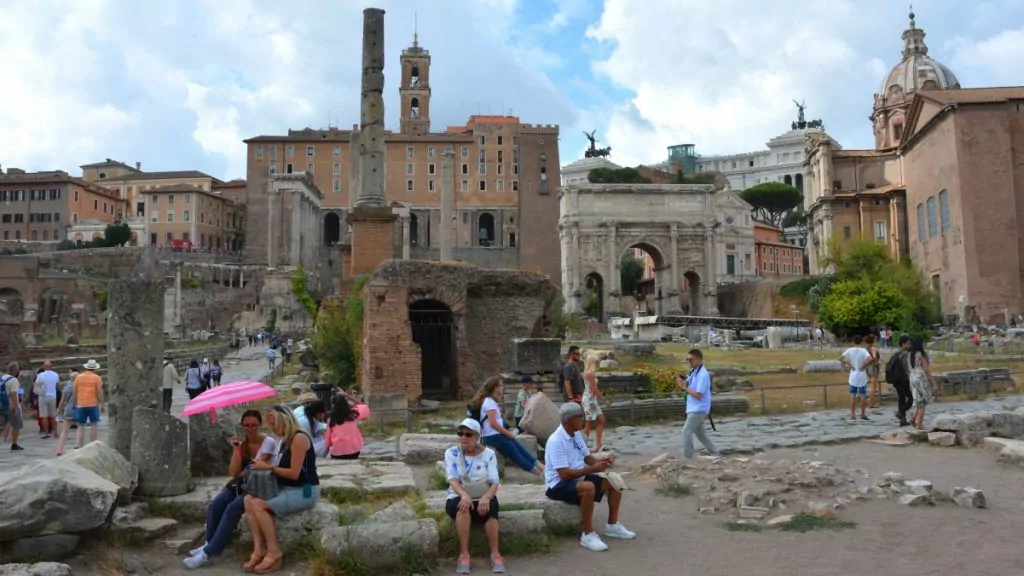
Visiting the Colosseum in Rome
After visiting the Roman Forum, it was time for us to visit the Colosseum (and since we already had a ticket, we just had to slip past the queue)! Construction of the Colosseum began in 72 AD under Emperor Vespasian, and was completed by his son Titus eight years later.
This impressive amphitheatre is the largest ever built and held 87,000 spectators. The huge building is 48 metres high, 156 metres wide and 524 metres in circumference. The Colosseum's name is thought to derive from Emperor Nero, who stood in a statue near the amphitheatre.
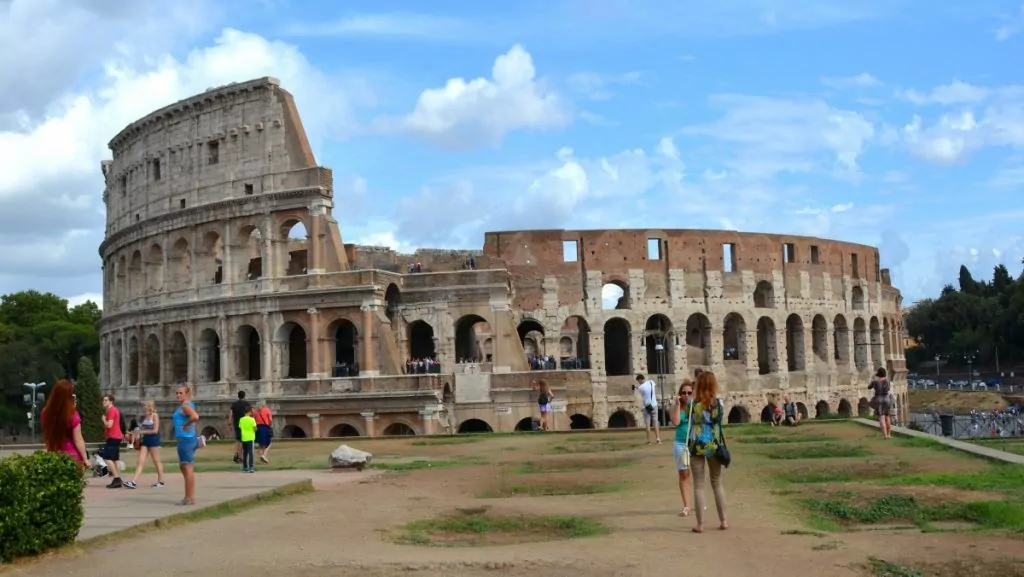
Opening party for 100 days
I try to imagine the opening ceremony lasting 100 days. The Colosseum was clad in marble, the stands were packed and a total of 11,000 wild animals were killed in the 'games'. Over the next few centuries, gladiatorial games and wild animal fights were interspersed with executions and theatre. About 1600 years have passed since the last gladiator fought and perhaps died here.
Over time, the Romans began using the marble to construct other buildings, such as St Peter's Basilica. As the amphitheatre became less stable, much of the Colosseum collapsed during an earthquake. Despite this, what remains is a powerful sight and it's no wonder that tourists flock to visit the Colosseum.
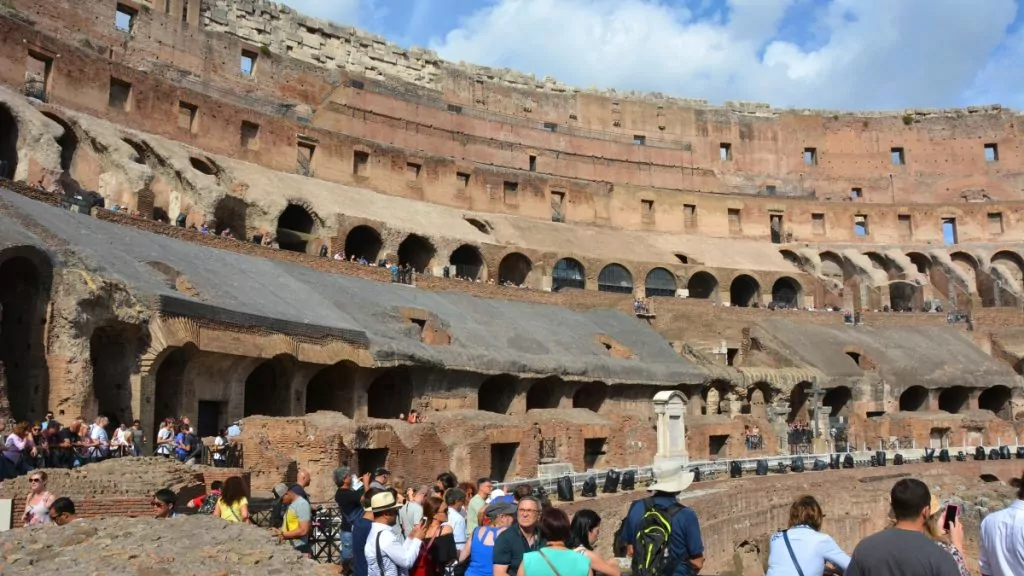
See more of Rome
We fell in love with Rome during our visit, and of course there is more to do than visit the Colosseum and the Roman Forum! Although Rome is a capital city, it is a cosy city with charming alleyways where it is nice to stroll around.
This is also a city that is really packed with famous sights. For example, don't miss the Trevi Fountain, Piazza Venezia with its magnificent Victor Emmanuel monument and the beautiful Piazza Navona.
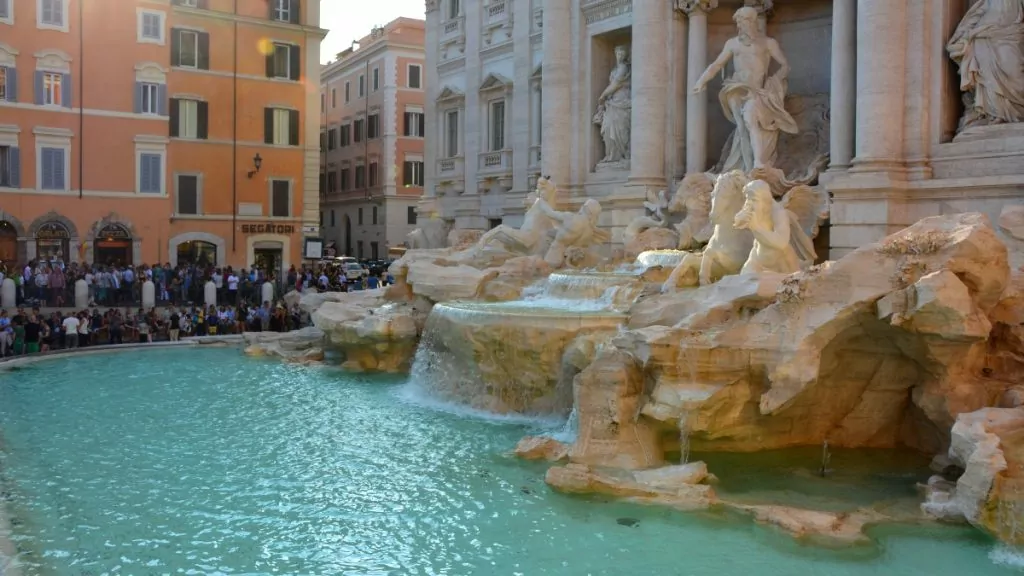
It is also exciting to see Vatican City, which is located in the centre of Rome but is actually a separate state. There are many daily guided tours of art and statues, including the Sistine Chapel. Buy tickets online in advance to beat the queues.
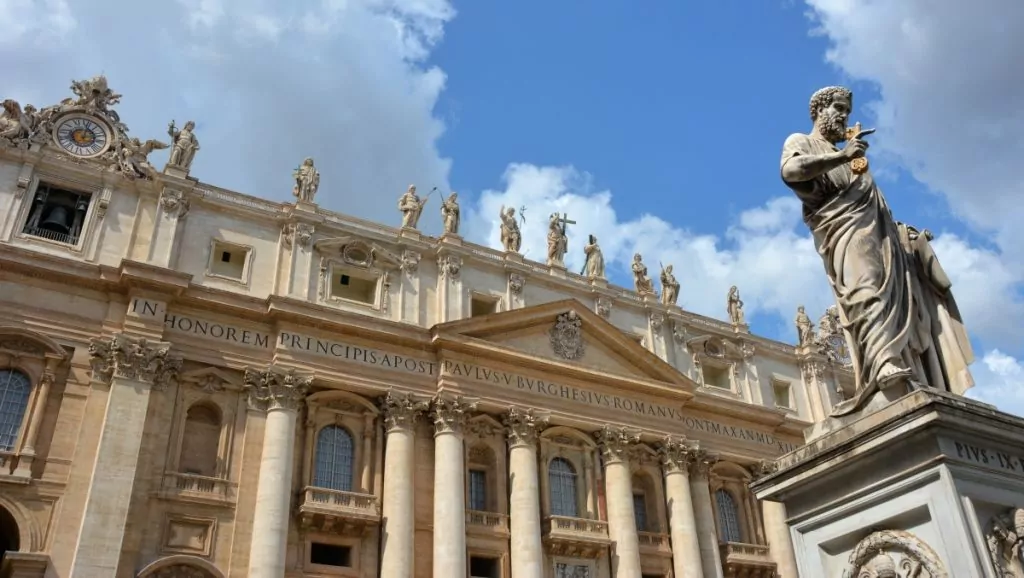
Film from Rome
Check out Peter's film about the Roman Forum, the Colosseum and many other things we managed to see and experience in Rome.
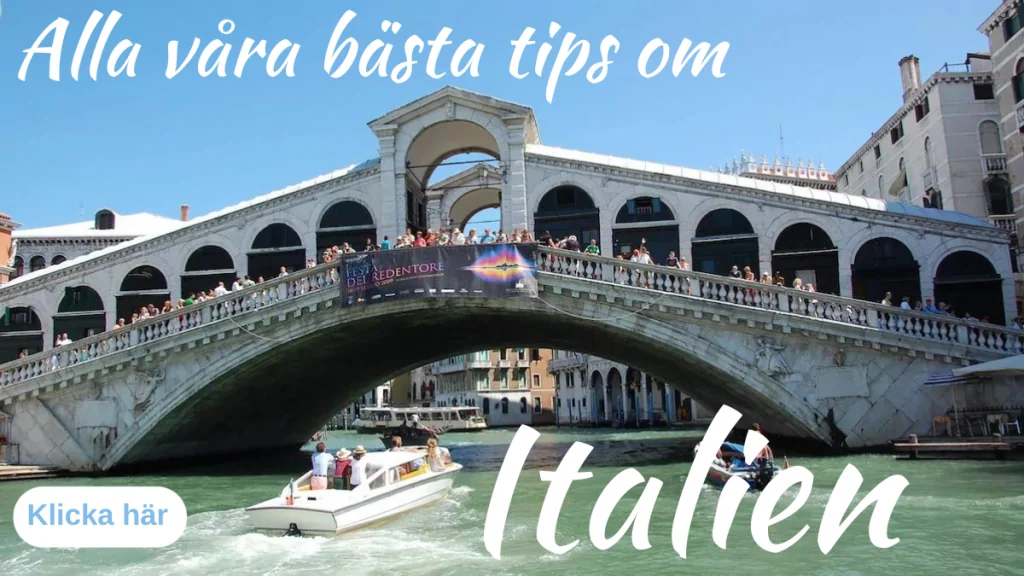


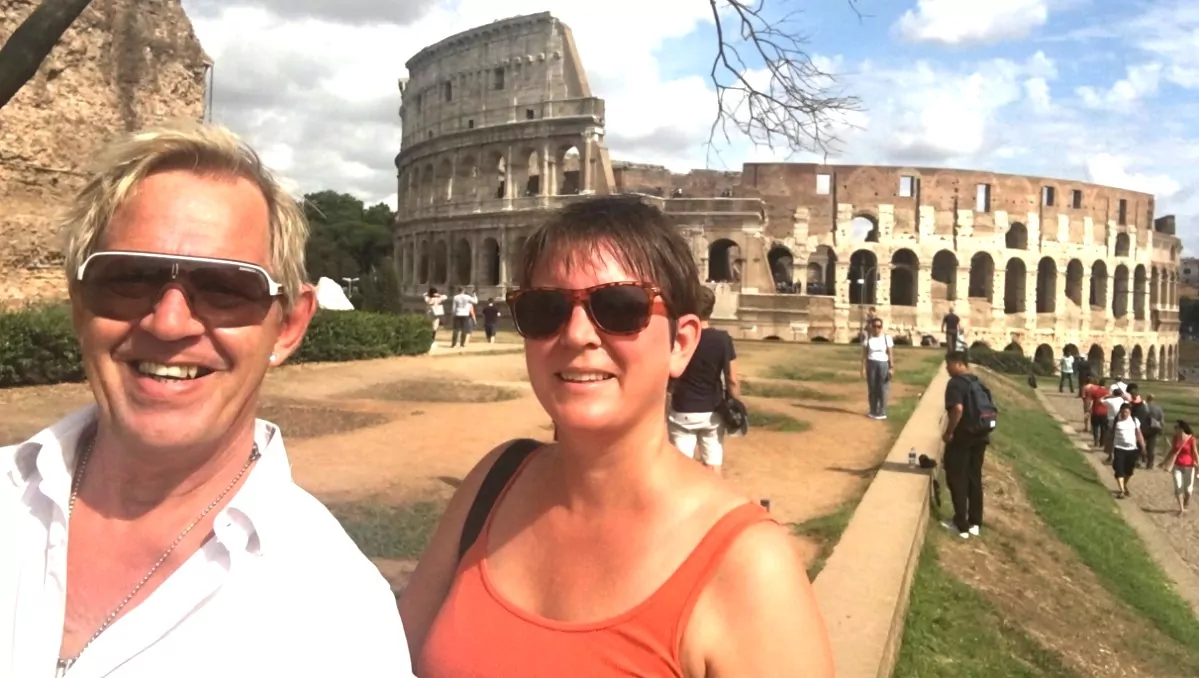








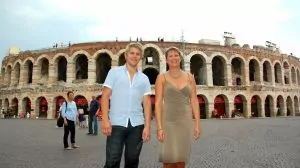
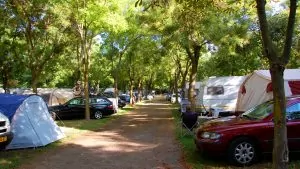

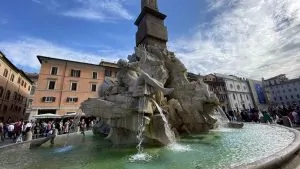
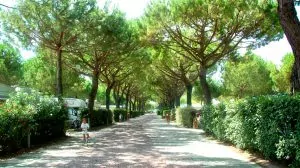
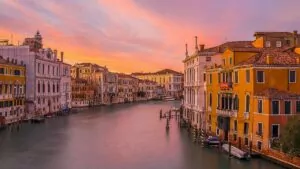
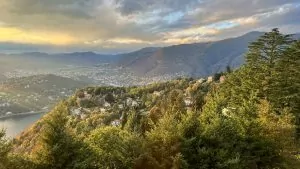
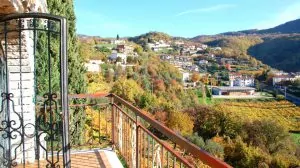



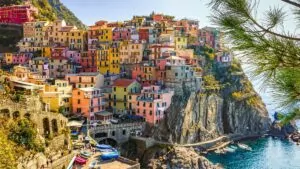
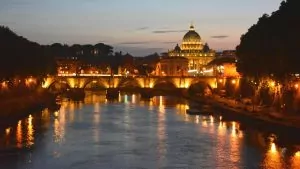
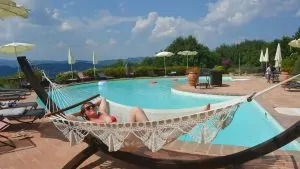
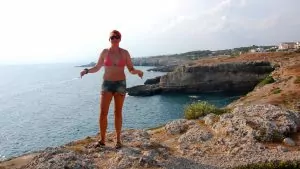
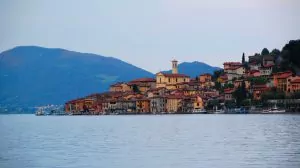
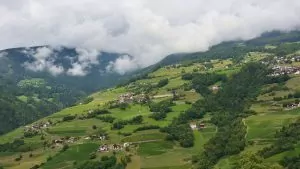
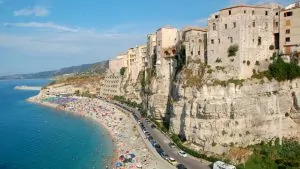


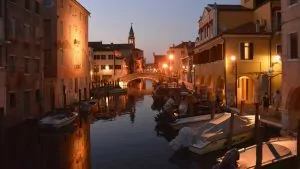

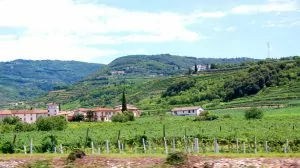
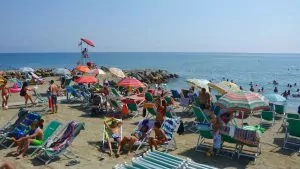
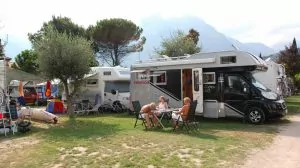
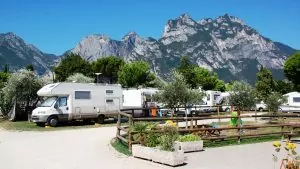
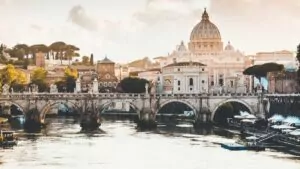
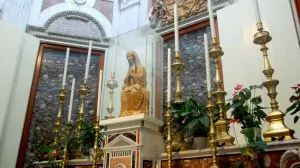
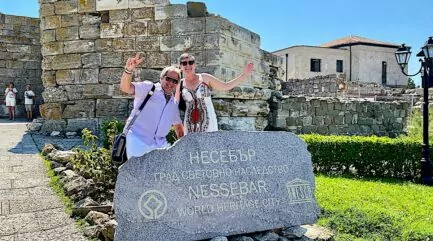
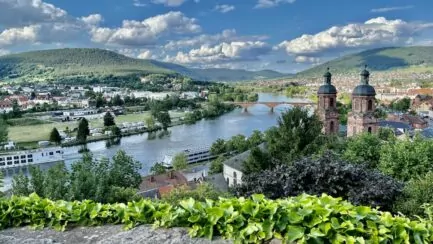
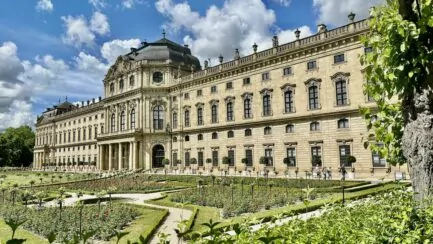
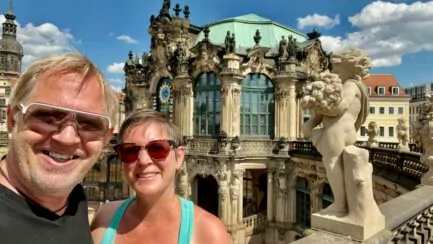
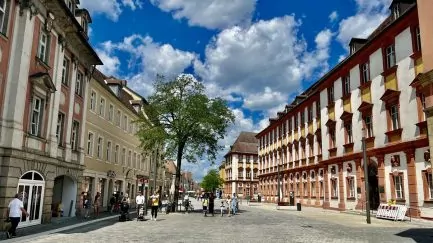



Ditte says:
A visit to Rome is always a journey back into history, but there is also so much that is modern. And Rome as a tourist destination, in most respects, is almost unbeatable.
Smart idea with your ticket tip for the Colosseum and Roman Forum. One would prefer to avoid long queues. I think we were lucky here.
Great to see the film and looking forward to more from Rome, "The Eternal City",
12 September 2017 - 6:07
Helena says:
I agree that Rome is a fantastic destination! We had never been here before and were pleasantly surprised. Sooo much history and at the same time so cosy little alleys, didn't feel as much of a big city as I thought it would.
12 September 2017 - 7:04
Travelsis says:
Rome, you can't help but love this city? Everywhere you go you can feel the wings of history.
12 September 2017 - 6:49
Helena says:
12 September 2017 - 7:05
Across the board says:
12 September 2017 - 6:56
Helena says:
Sometimes it's nice to just wander around and ignore the big sights. But if you come to Rome again, the Colosseum (and especially the Roman Forum, we thought!) is well worth a visit.
12 September 2017 - 7:06
Tia says:
If you have time, go and see the crypt of the Capuchin monks in the basement of the Chiesa di Santa Maria della Concezione church. A different experience? Have a good time in Rome ?
12 September 2017 - 6:59
Helena says:
Oh it sounds exciting, but it will have to be next time ... We have just come home from Rome (we always blog while travelling, but sometimes there is so much going on that we don't have time for everything and some posts get left behind ;)).
12 September 2017 - 7:10
Mr Frank Olsen says:
Yes Rome (as we Norwegians say) is fantastic! And especially the Colosseum and the Roman Forum, but also the city centre with the Spanish Steps we thought was great! Lots of nice old architecture throughout the city.
12 September 2017 - 7:42
Helena says:
12 September 2017 - 8:00
Mr Nils-Åke Hansson says:
My granddaughter was there last summer. I asked if it was interesting and she replied, "We have stones at home too.
What a wonderful journey you have made!
12 September 2017 - 7:56
Helena says:
12 September 2017 - 8:00
Lennart says:
Over 40 degrees hot when we were there!
12 September 2017 - 8:34
Helena says:
12 September 2017 - 8:43
Britt-Marie Lundgren says:
I think Rome is probably No. 1 among European capitals and strolling around the Roman Forum is absolutely incredible. I have spent two long weekends there and the first visit was somewhat chaotic as the pope died and the new one was to be installed our weekend in spring -05.
Amazingly, this metropolis is very well suited to travelling on foot (with comfortable jogging shoes instead of Italian stilettos).
12 September 2017 - 8:54
Helena says:
12 September 2017 - 9:09
Ama de casa says:
Really smart to go the Forum Romanum way in! Queuing is not the most fun thing to do...
12 September 2017 - 9:49
Helena says:
Rome surprised us positively! I thought it was both a magnificent and cosy city! (And I have learned to spell Civitavecchia now I think, but it took a few times ... ;))
12 September 2017 - 20:25
Alexandra says:
When we were there in the middle of the summer among ALL other tourists, there was a queue to buy tickets and then another queue to go in once you had a ticket... so there was a queue regardless. Walking around looking at old ruins in 40 degrees heat was no hit... you cared very little about the history and more about finding shade haha. Well, you learn from your mistakes.
But we went on a guided tour of the Colosseum and it was exciting to hear some stories anyway.
12 September 2017 - 10:15
Helena says:
12 September 2017 - 20:27
Mr Steve says:
Can only agree, Rome is an amazing city. Despite throwing a coin in the Fontana di Trevi, I will probably never return to Rome. I'll have to make do with my one and only visit 20 years ago.
12 September 2017 - 12:13
Helena says:
Now it was so crowded in front of the fountain that I probably couldn't even throw coins that far ... maybe it was a little less crowded 20 years ago?
12 September 2017 - 20:28
Annika in Spain says:
Such an interesting story about the inauguration!
Exciting journey!
12 September 2017 - 17:01
Helena says:
Glad you liked the story! I myself love to really try to think back to how it might have been once. Dizzying feeling...!
12 September 2017 - 20:28
Snows says:
Fantastic places well worth a visit. We hung on the lock and didn't have to queue but if there is a crisis you can always buy a skip the line ticket!
12 September 2017 - 17:16
Helena says:
Skip the line ticket can be worth it sometimes! We bought it for La Sagrada familia in Barcelona once and it was very nice!
12 September 2017 - 20:29
Role o Carina says:
We have never been to Italy!

12 September 2017 - 18:50
Helena says:
12 September 2017 - 20:29
Matts Torebring says:
Italy is not our favourite country anymore. Perhaps we will return at some point. Interesting to see your report. Have a good time
12 September 2017 - 20:02
Helena says:
Italy is not our favourite country either, but we fell in love with Rome!
12 September 2017 - 20:30
BP says:
I recognise a lot here, and Rome is the same. Good to see! Stayed in the middle of the action, 50 metres from the Trevi Fountain.
All those wonderful old buildings in Rome. Imagine that they have managed to withstand all the emissions from traffic and the weather. Absolutely amazing!
Had a good laugh when I heard your voice that you had gone too far and had to tighten up - hahaha:)
Did you also visit the Vatican and the Sistine Chapel?
12 September 2017 - 20:36
Helena says:
13 September 2017 - 5:58
Ruth in Virginia says:
Was there at the end of April 1982, on the way home from Indonesia via Europe.

Then there were no queues anywhere. We have been lucky enough to travel to tourist resorts,
before tourism became so popular. Is actually not particularly
interested in ruins, except those excavated, such as e.g.. Herculaneum near Naples. But the streets of Rome were nice to stroll around. The Vatican
The visit was very special. Went back there once in the 90s.
12 September 2017 - 21:20
BP says:
Hahaha!!! Ruth you must be a copy of me, or I of you. "Seen one seen them all" as it were. But I did check out the Colosseum - from the outside. The Vatican and the Sistine Chapel I thought were incredibly powerful - got a neck lock on the purchase; -)
I also liked walking along the Tiber River actually and eating seafood in a hole in the wall somewhere in Rome....
13 September 2017 - 0:38
Helena says:
Nice that you were in Rome in the 80s Ruth! Tourism has increased since then of course ... but then there are perhaps less tourists at certain times of the year as well ... We are not always so fond of ruins either, but we thought this was impressive!
13 September 2017 - 6:00
Biggeros says:
You can't go through Rome in one day. Incredibly historic city with beautiful squares, buildings, statues and fountains. I have probably seen most of what you show on the film. I really like these cool effects on the film?You did it again!!!
12 September 2017 - 22:43
Helena says:
13 September 2017 - 6:42
Emma, sun like sun? says:
One day we'll get to Rome and have a look around. Guess a stopover and a €10 glass of wine at the airport doesn't really count as being in Rome ...
I would like to see all this but the crowds are a deterrent. But on the other hand, you were there during the tourist season so maybe another time of year is better?
13 September 2017 - 11:31
Christine - 29°. says:
16 September 2017 - 12:20
Elisabeth says:
A fantastic city that I have returned to a number of times. Always something new to discover!
16 September 2017 - 16:21
Ann-Louise says:
The Roman Forum was my favourite when I was in Rome many years ago. The Colosseum was also fantastic but unlike you we queued for so long that by the time we got in I was almost bored. It makes me want to go back when I see your pictures.
16 September 2017 - 22:56
Lena - good for the soul says:
I was in Rome as a child and I have no memory of the Colosseum being that big. Fascinating place, but still such a terrible history!
Hug Lena
28 September 2017 - 20:13